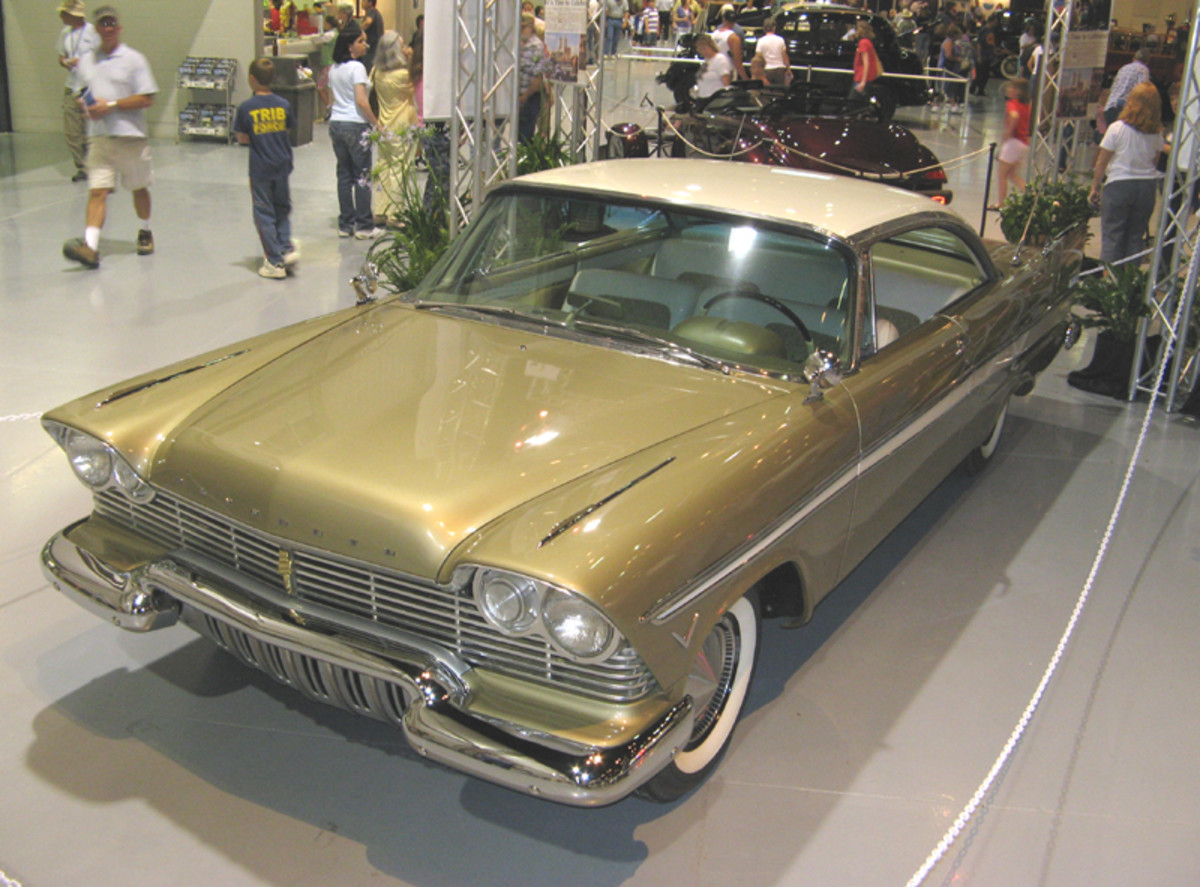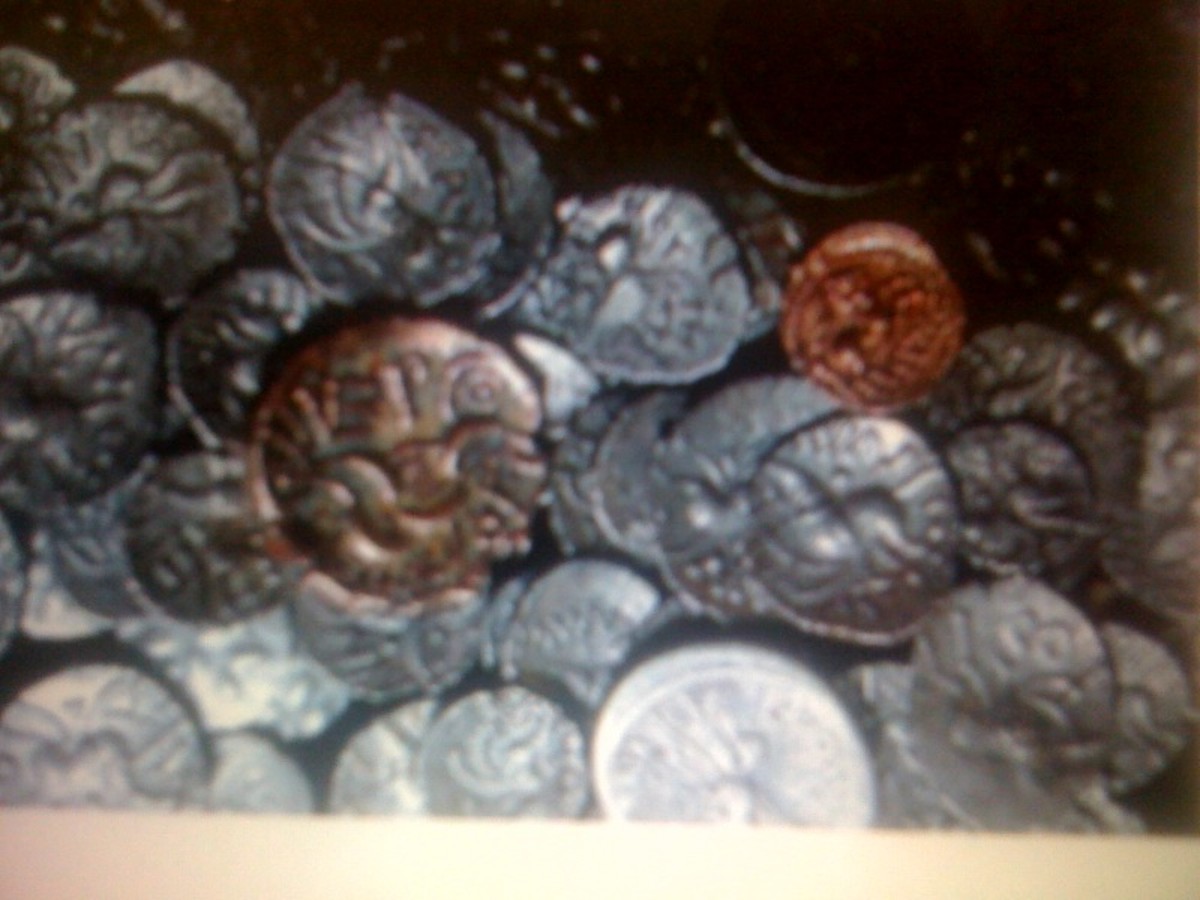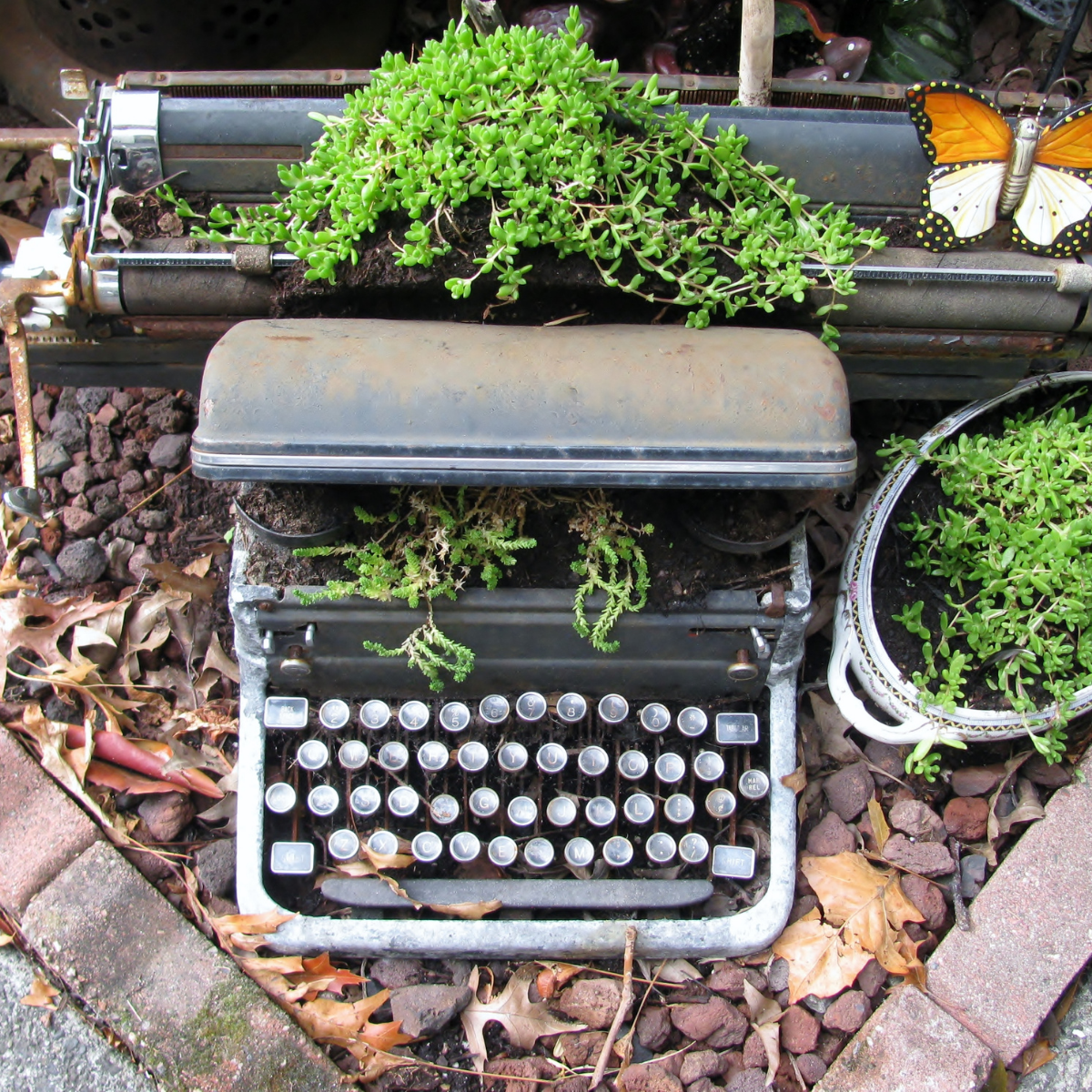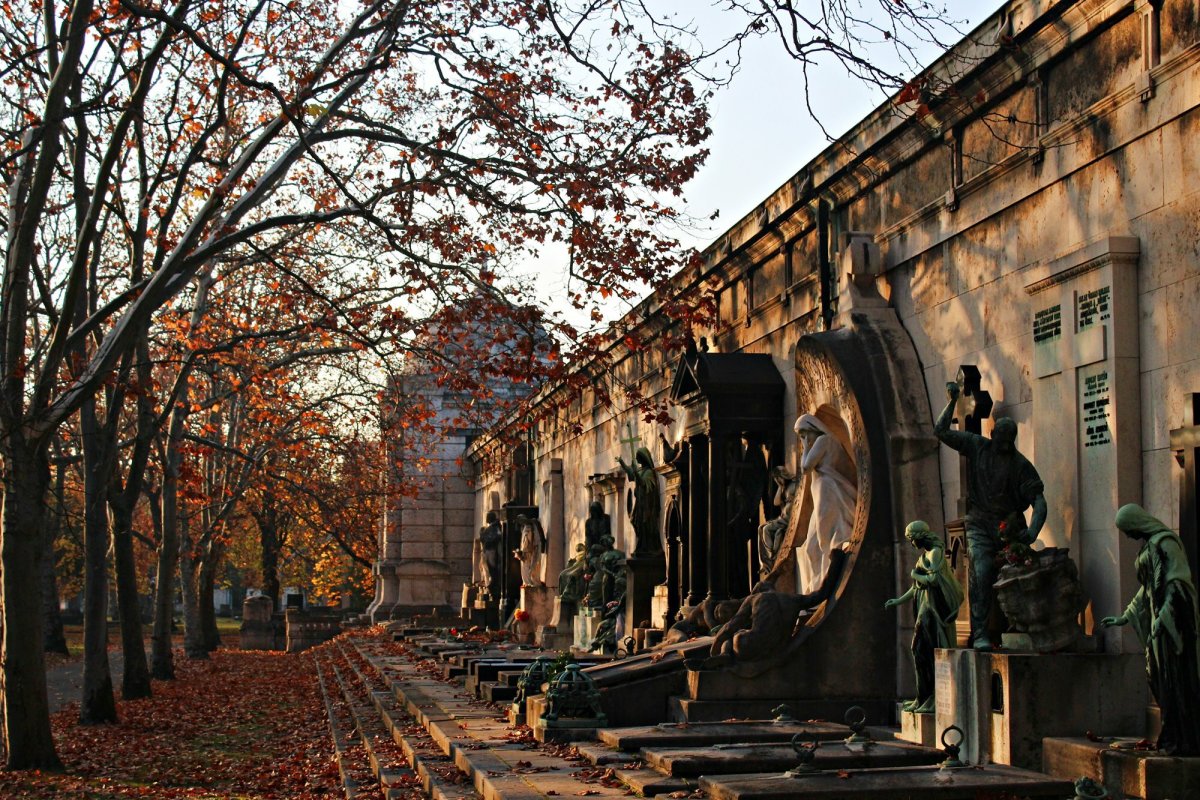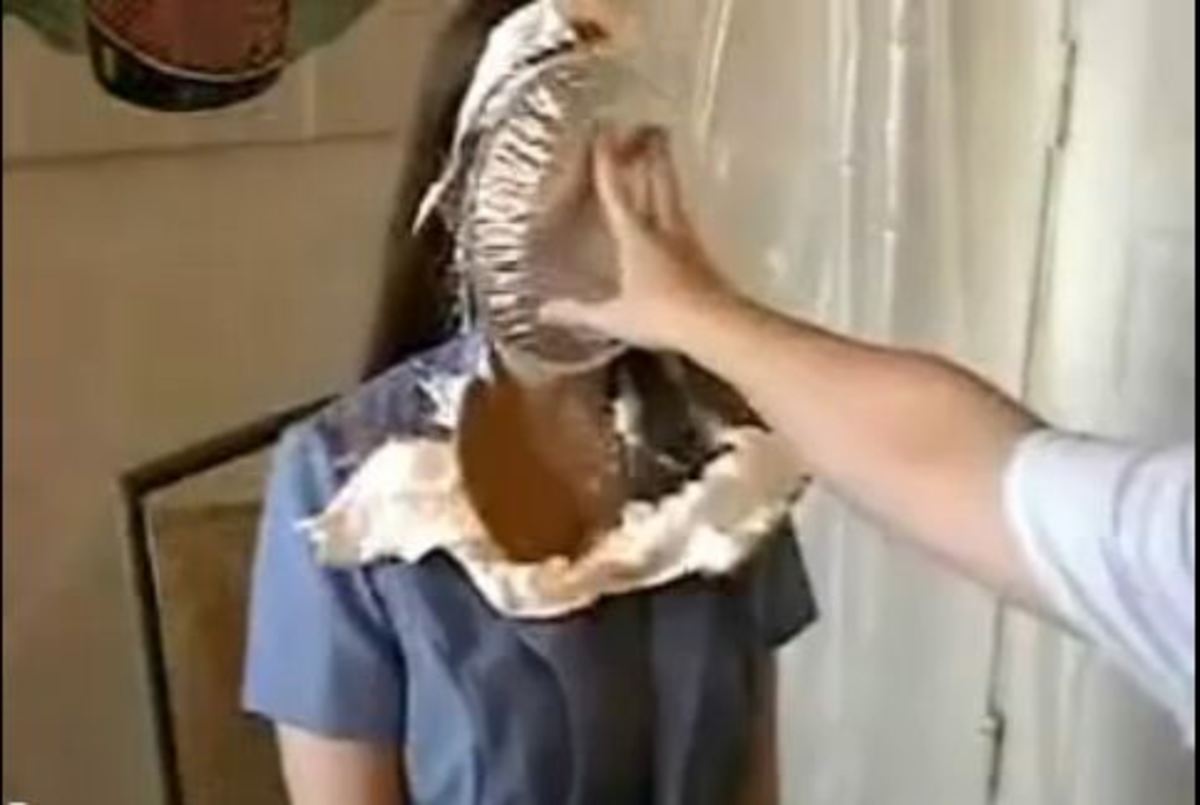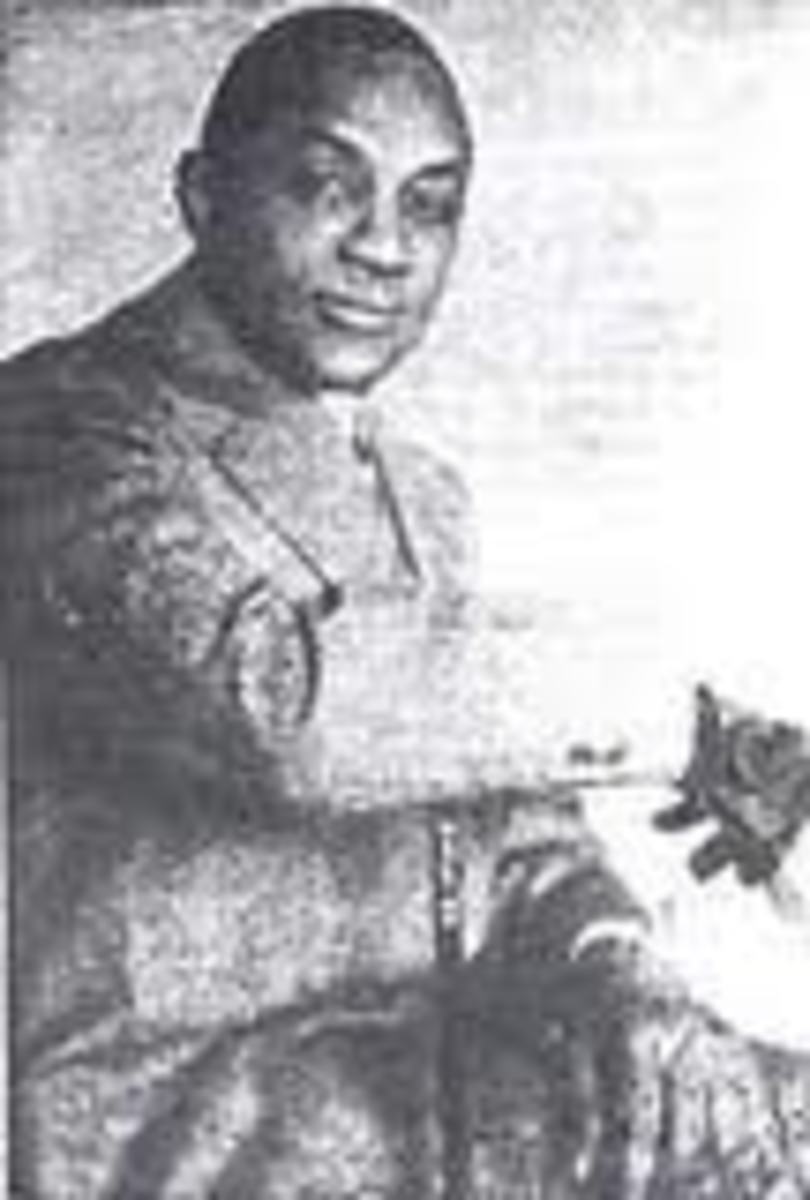- HubPages»
- Education and Science»
- History & Archaeology»
- History of the Modern Era
History of Time capsules
Buried Treasure to Hidden Diaries
Time capsules have been in existence in one form or another for millennia, they come in many different types, while some are the intentional burying of everyday objects to commemorate an event, the construction of a building or special occasion, others are unintentional discovery of caches containing peoples possessions.
The pyramids in Egypt are probably the greatest visible examples of a time capsule and Tutankhamun’s tomb the idea of what should be left. There are other examples in existence of unintentional time capsules, such as long lost diaries, buried booty or hidden treasure.
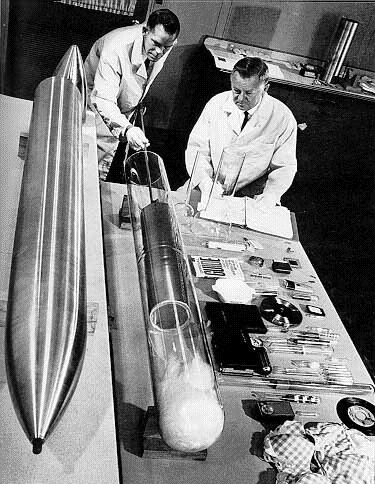
Crypt of Civilisation
Thomas Jacobs is considered the Father of the modern “Time Capsule” when he created the Crypt of Civilisation in 1936. He made a sealed room at Oglethorpe University and filled it with 800 articles that are to stay locked tight until 8113. Included in the room are copies of the Bible, the Koran, Homer’s Iliad and Dante’s Inferno. There is a copy of the script to “Gone with the Wind” and tape recordings of Hitler, Roosevelt, Mussolini and Stalin, alongside a dry Martini with an olive and a tin opener.
Early examples of time capsules could also include the ruins of Pompeii, destroyed and at the same time preserved by the eruption of Mount Vesuvius in 78AD. Only to be rediscovered in the 18th century. Here there have been uncovered many examples of the ordinary, everyday lives of early Roman citizens. The Viking Longboat burial unearthed at Sutton Hoo, Suffolk, UK. It lay undisturbed for 1,300 years and when opened up in 1939 was found to hold the ghostly image of the long rotted ship accompanied by a ceremonial mask, sword, spears and a round shield.
Ceremonial Occasions
Sunken ships too can be taken as time capsules, a snapshot in time of the vessels last moments. The 1912 sinking of the Titanic was the tragic event, in which, on her maiden voyage, 1,517 souls lost their lives. Its location in 1977 bought to light many wondrous objects that had been undisturbed in the depths of the Atlantic for 65 years. Similarly the raising of the Flagship of King Henry VIII’s navy, the Mary Rose in 1982 gave an insight into life on board this 16th century ship.
After the Crypt of Civilisation the whole idea of creating mini museums in a bottle took off and it was in 1939 that the first time the phrase was coined “Time Capsule” when the Westinghouse Electric Company buried a capsule to commemorate the World’s Fair that was held at Flushing Meadows Park in New York. This again was filled with objects of the day, sealed and is only to be opened in 6939, along with a second capsule buried by the company in 1965..

Most Notable Time Capsules
- The BBC Children’s program “Blue Peter” buried two time capsules in their garden. One in 1971, which when it was dug up in 2000 exposed the dangers associated with the concept as most of the contents had turned to mush. They then buried a second, which is due to be opened in 2029.
- Time Capsule 21 project is part of a series of 600 boxes created by the artist Andy Warhol containing everyday objects collected between the 1950’s and 1970’s. Warhol regularly had a box by his desk that he filled with letters, presents, tickets and any ephemera that collected at the time. Once the box was full he would date it, seal it and send it off to his home in Manhattan.
- Builders working in the garden of John Lennon’s former home in Surrey, unearthed his famed, lost LSD stash. They found a leather bag that containing lots of large, broken glass bottles.
- Mark Twain’s diaries recently published. Were hidden away by the author with the express wishes that they not be released for 100 years after his death. They contained candid writings of his feelings, love and dislikes about his contemporaries of the day.
- The most recent discovery concerns the missing Mussolini diaries. They were allegedly hidden by one of his aides, in a zinc-lined suitcase and buried in Spluga Valley, north of Lake Como in northern Italy.
- Other discoveries like the Mitchell & Kenyon film stock from 1897 discovered in Blackburn, Lancashire 1995 where they had been left undisturbed for 100 years. Many reels were successfully saved and give an interesting peek back to the glory years of the Edwardian era in Northern England.
- Pirate William Kidd is believed to have buried part of his treasure on Long Island before he was captured and hung. It still remains to be found.
- 1876 Century Safe created in Philadelphia to celebrate American Centenary. Opened in 1976
- 2008 Shiksha Time Capsule, Hyderabad, India to be opened in 2108 and contains local school children’s memorabilia.
- KEO Satellite is the latest in a series of space related time capsules to be sent out into the great beyond, to return to earth in 50,000 years.
Problems with Time Capsules
Over a period of 8,000 there is likely to be much cultural and technological evolution and consideration for the long term capsule must be given to such things as language and storage devices. Will tape cassettes, magnetic discs and records be understood, what language will be prevalent. Sealing containers is also paramount as unstable materials will decay and rot. Many like the Crypt of Civilisation store objects within an inert gas to aid preservation and tightly seal the containers to prevent leaks and moisture entering. Only time will tell though if these precautions succeed in preserving history for the furture.
Loosing time capsules is also a big problem, although well documented at their closure or burial, they soon become forgotten by following generations and there are a number of records of capsules that have either been stolen or their site not properly recorded. The TV series MASH was a classic case where after the final shoot, items, costumes, scripts were all sealed up, buried and then promptly lost under the studios carpark.
Future TIme Capsules
These are just some of the various forms and examples of times capsules in existence ranging from burial goods, tragic accidents and the intentional attempts to communicate with future generations telling them about today. Commentators observe that most are simply a collection of bric-a-brac and rubbish of the day but occasionally some do contain genuine objects, thoughts and insights of interest for those who follow us.
Other Strangely Interesting Hubs
Time Capsule What would you put in yours
How to Make Oil Paints just like in the Renaissance
Sixteenth Century Gap Year
The meaning behind ten classic car names
History behind famous Car Logos


